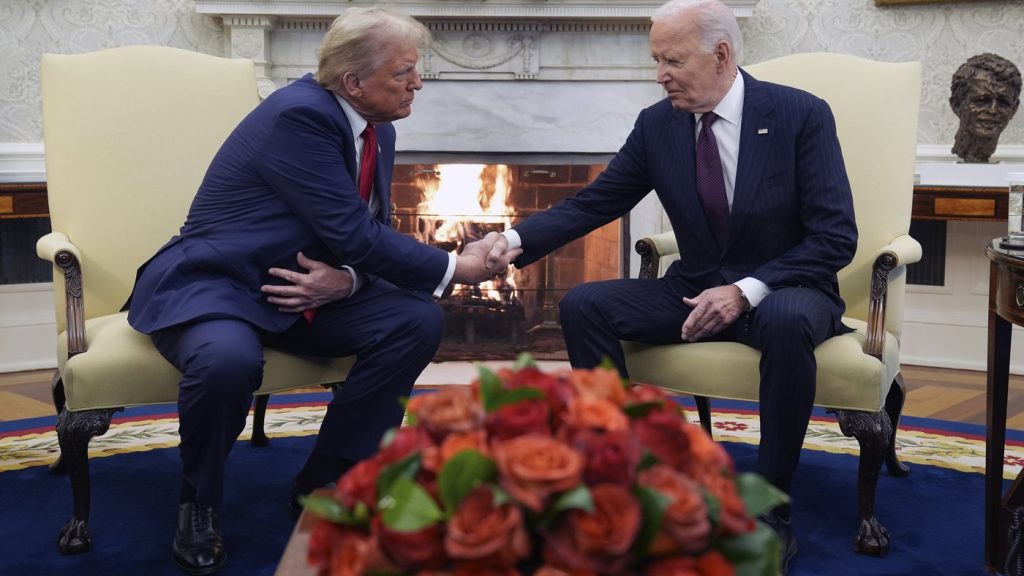Legendary Punk Venue CBGB’s Closing After 33 Years
Posted October 9, 2006 12:00 pm.
This article is more than 5 years old.
You could argue that above any other bar or venue on the face of the earth, CBGB’s was the place where punk was born.
From the Ramones to Blondie and the Talking Heads, the New York club had it all, with the emphasis now on had.
Sunday marks the last night in the legendary venue’s 33-year existence. Tucked into New York’s Bowery neighbourhood with a capacity of just 300, it has seen its best years come and go. And yet something about the loss of a legend always stings.
After all the part museum, part bar, is home to more than a few rock and roll memories most fans would have given a limb to witness first hand.
Legs McNeil remembers the first night he walked into the dingy hangout in 1975 and saw the Ramones. Lou Reed was in the audience, and history was being made with each loud, thrashing guitar line.
“Every night was memorable, except I don’t remember ’em,” said McNeil who co-authored punk rock history book “Please Kill Me.”
But CBGB’s wouldn’t be killed quite so voluntarily. An assortment of high-profile backers including E Street Band guitarist Little Steven Van Zandt battled to keep the doors open. But in the end it was a classic landlord-tenant dispute – and owner Hilly Kristal saw the handwriting on the club’s dank walls.
“I knew the closing was inevitable, because my lawyers said, `You can’t win this case. The law is that your lease is up, and they don’t even need a reason to put you out,'” Kristal said.
Thirty-three years of blood, sweat, tears and musical genius, down the drain just like that.
The club’s walls say a lot more, too. Platinum records and thousands of band stickers make a visitor question how the space could be used for anything else.
Meanwhile, the 74-year-old Kristal is battling lung cancer, and much like his club the man is a piece of music history slowly fading away. More than just a clever name, Kristal once worked at the Village Vanguard, a popular New York jazz spot where he booked acts like Miles Davis. Of the transition to punk he says: “In rock, the bands were creative – but at first, they didn’t play so well.”
But good luck convincing anyone of that in retrospect. Names like Patti Smith, the punk poet that will play the closing night, are icons among icons.
Other names booked for the final week are 80s hardcore icons Bad Brains, 70s punks the Dictators, and stop-ins by Blondie’s Debbie Harry and Chris Stein.
It’s all such a far cry from what was supposed to happen. When Kristal opened the doors in December of 1973, CBGB’s stood for country, bluegrass and blues. But there was little of any of that in the end.
Tommy Ramone, the band’s original drummer, recalled how things gravitated in a completely different direction than expected.
“At that time, there were no places to play in New York,” Ramone said. “It was a very dead time in New York City, doldrums all around. But CBGB’s allowed bands – original bands, no less – the freedom to go and play and do whatever they pleased.”
And it still will, sort of. Kristal will try to keep the CBGB’s name alive, and has plans to open a new club in Las Vegas. He also plans to take as much of the original’s interior with him as possible.
“We’re going to take the urinals,” he said. “I’ll take whatever I can. The movers said, `You ought to take everything, and auction off what you don’t want on eBay.’ Why not? Somebody will.”
Even McNeil, one of the most devoted CBGB’s supporters, said the new club isn’t a bad idea. Especially with Kristal’s age, and the much of the club’s history being just that.
“I always said Hilly should go to Vegas,” he said. “Girls with augmented breasts playing Joey Ramone slot machines. It would become an institution.”
Hey, he’s already done it once.








